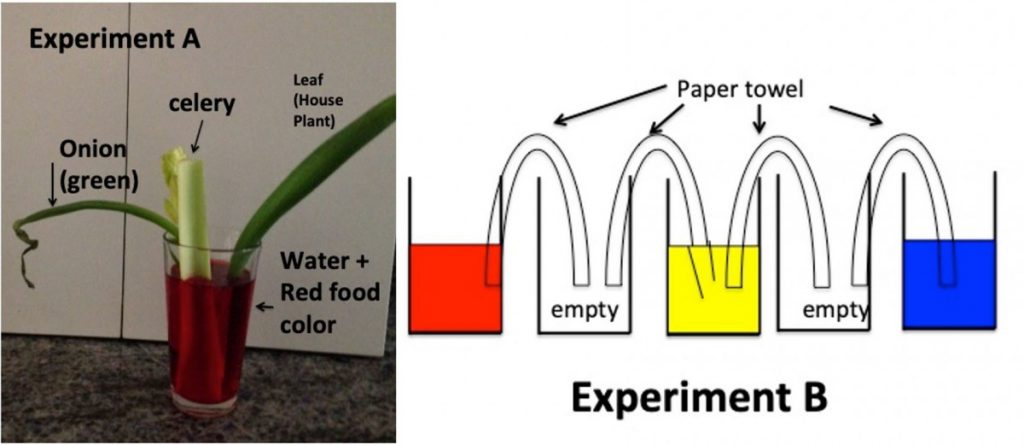How does water get to leaves at the top of trees? Or… Suck It Up!
Introductory YouTube: https://www.youtube.com/watch?v=VbQk8p3qgo8 (or just read this)
View all of this week’s activities and images here!

How does water get to leaves at the top of trees? Or… Suck It Up!
Introductory YouTube: https://www.youtube.com/watch?v=VbQk8p3qgo8 (or just read this)
View all of this week’s activities and images here!
